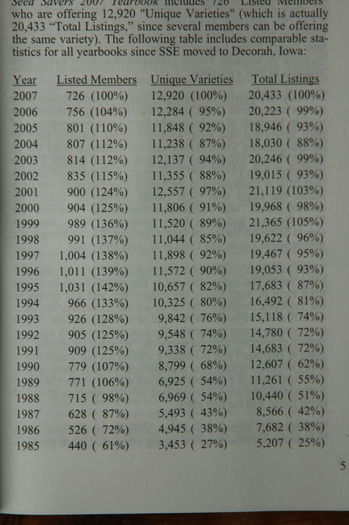For some time now bee keepers in the US have noticed their bees have been disappearing, the so called Colony Collapse Disorder.
It’s hard to overstate the importance of this problem. The vast majority of our food crops are pollinated by insects, and quite simply without the insects there can be no harvest. Bees are among the most important pollinating insects.
A Pennsylvania bee farmer has a theory why this is happening. He thinks it’s because of GM crops engineered to produce Bt, a naturally occurring pesticide.
I say naturally occurring, because it’s present in small quantities in the environment. In these GM crops however, it’s another story. Crops engineered to produce Bt do so in very large quantities. It’s produced by every cell in the plant including roots, stems, leaves and flowers. It’s also present in the pollen of these plants. The amount of Bt in these plants is enough to trigger allergies in some people, and irritate the skin and eyes of farmers who handle the crops. In India, when sheep were used to clear a field of left over Bt cotton, several sheep died after eating it.
Even if this farmer’s theory turns out not to be true, it should really serve as a wake up call. The genetic contamination from these GM crops has long ago left the fields where they were grown, and if it is necessary to clean it up, it could prove to be enormously difficult. GM contamination is after all the only self-replicating contamination human beings have ever released into the environment.



